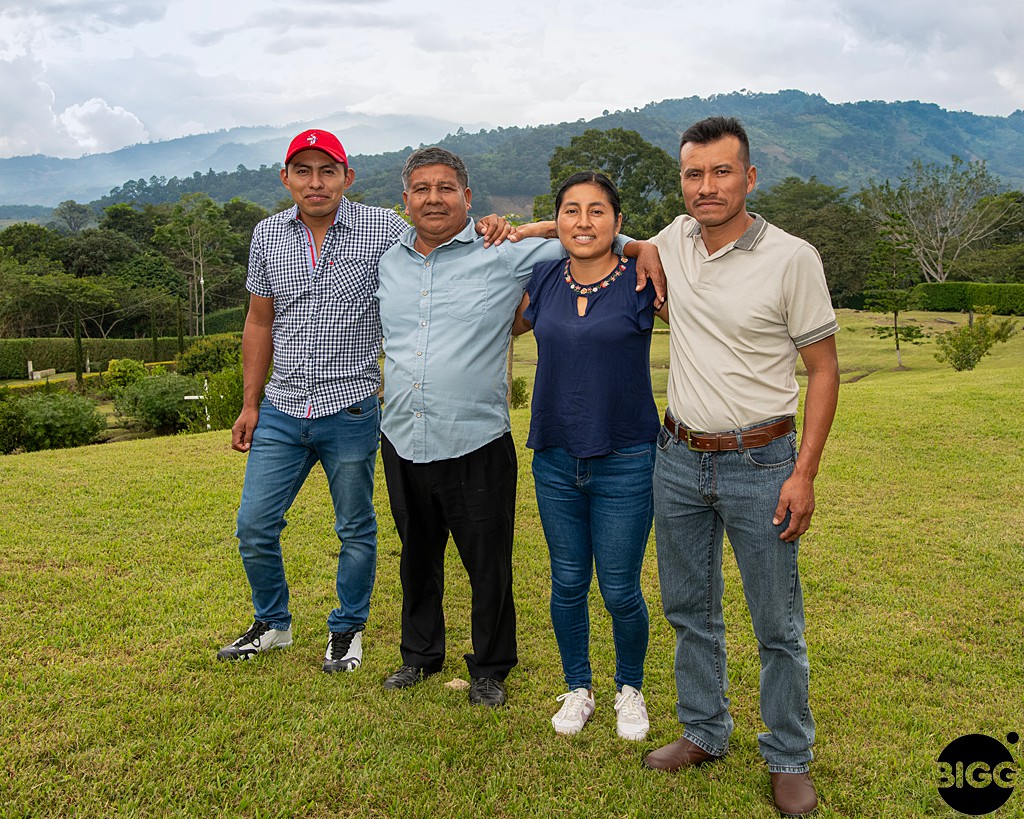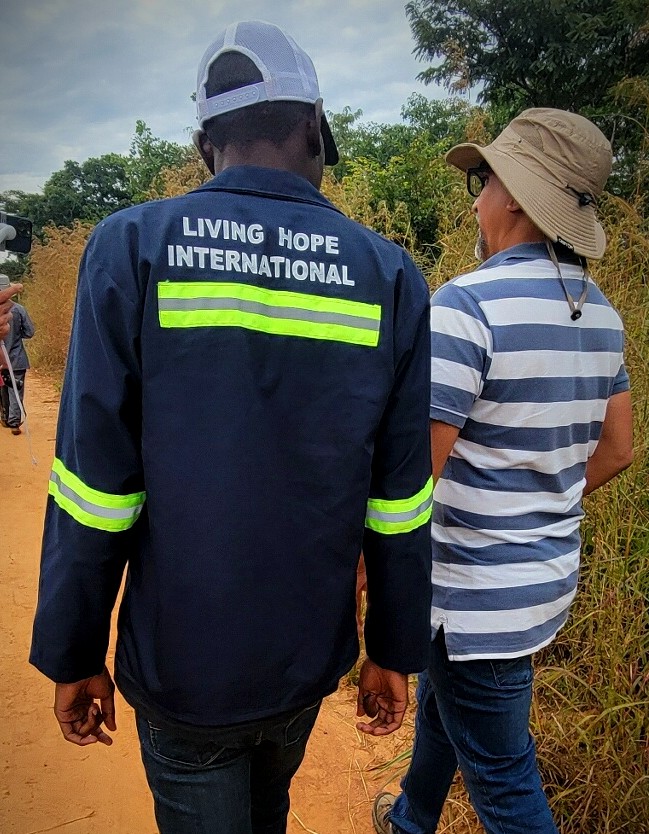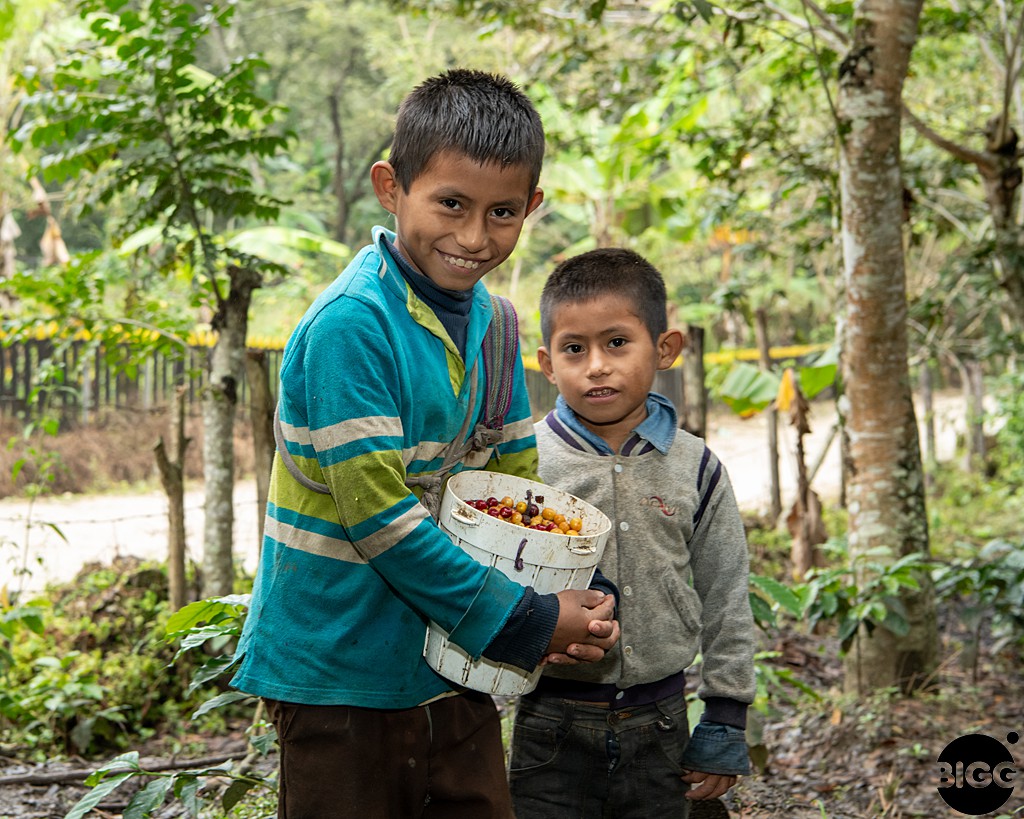By Bob Fish
I love coffee. I love coffee so much that I started a coffee shop in 1995, which has since grown into a 300-plus unit chain throughout parts of the United States. When I started that coffee shop, I thought I knew a lot about coffee. I certainly knew more than the average person at that time.
But I have since discovered that what I knew then was from a consumer’s perspective alone. In other words, I knew what I liked when it came to taste and flavor profile.
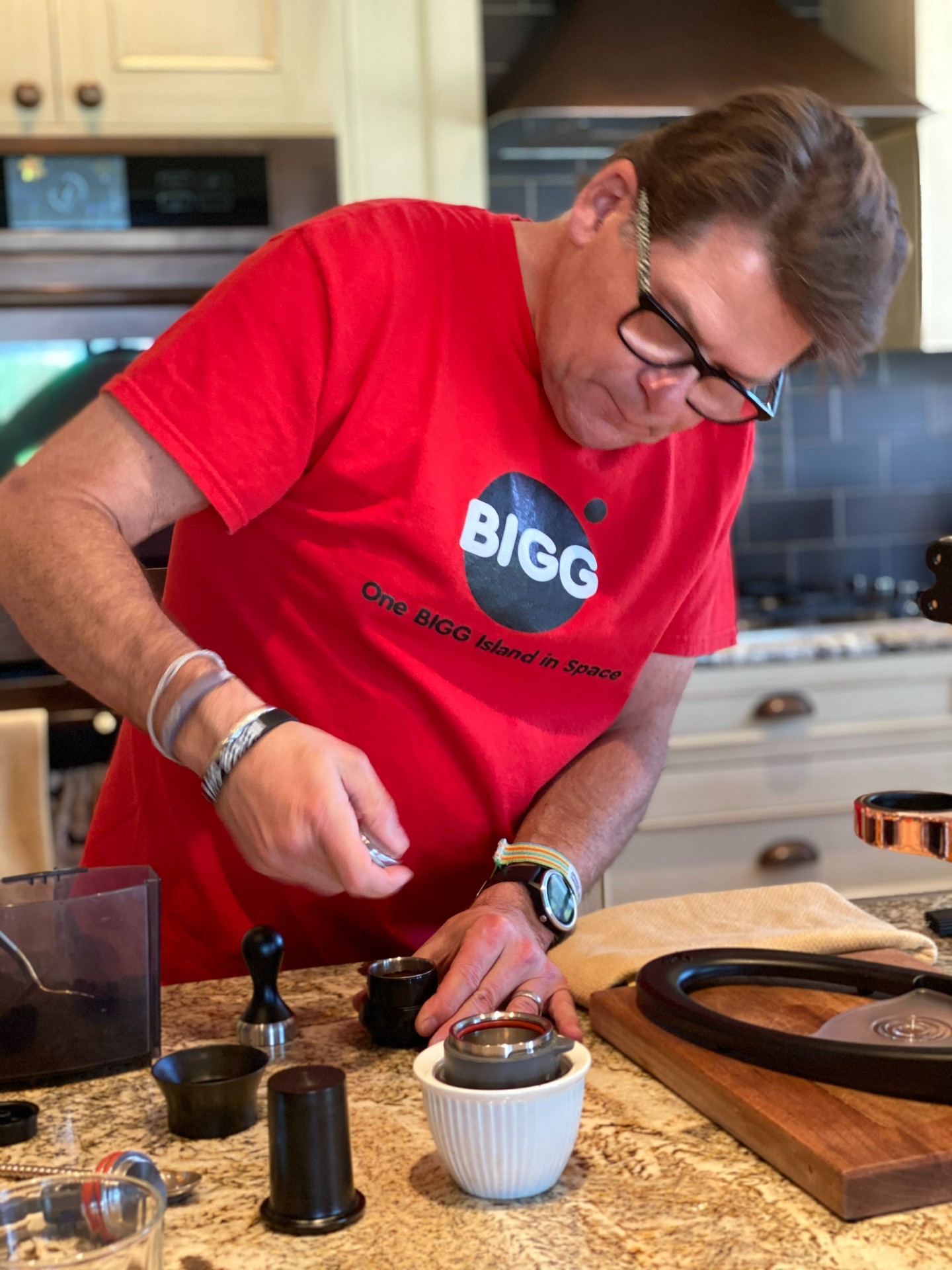
Making coffee preparation videos for One Bigg Island in Spaces’s YouTube channel in our home kitchen.
The Journey of Coffee
That knowledge grew over the years, and I began to learn what it meant to produce coffee using a variety of extraction methods from a French Press, to a Pour Over, to an Espresso Machine and even outdated methods like a Percolator.
I Love the journey of coffee.
There is so much to be learned about coffee from so many facets that it feels that one lifetime may not be enough to understand it all. But I am always trying.
Going to Origin
One of my many journeys and discoveries about coffee has taken me to the origins of where coffee is produced. Places like Ethiopia (the birthplace of coffee), Colombia (everybody is familiar with Juan Valdez, right?), Nicaragua, Honduras, Kenya, Mexico, Guatemala, and Zambia just to mention a some of the 70-plus countries that produce coffee around the world.
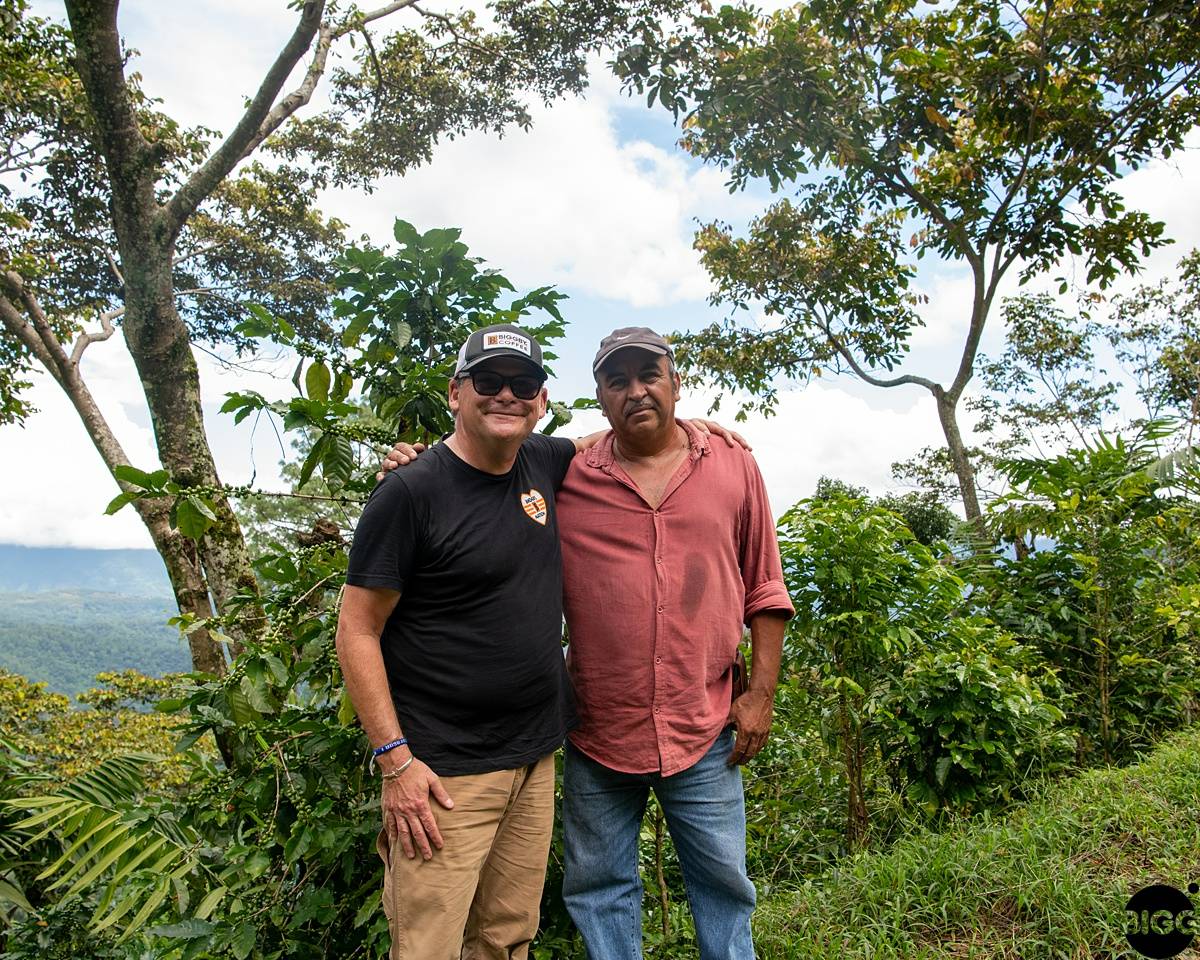
Meeting Victor, a small producer who is part of the Anapan Coop in Chiapas, Mexico in August of 2021.
I have met with many farmers and producers of coffee, and although they come from different continents, diverse cultures, and have varying languages they all have one thing in common: producing coffee is a struggle, and most often it is very hard to make ends meet.
The Global Math
Most coffee farmers make something akin to below minimum wage. I don’t mean minimum wage by our western standards, but by their own country’s standards.
Keep in mind that most coffee producing countries already have an exceedingly low GDP per capita, and often (like Honduras or Ethiopia) already rank as some of the poorest countries in their hemisphere.
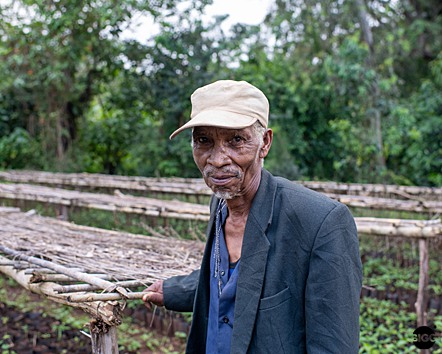
A coffee farmer in Ethiopia that we met on our recent trip to the Yirgacheffe region.
Understand that as an industry, from farm to roaster to retailer, the ‘coffee industry’ is valued at $200 billion. Of that $200 billion, $20 billion stays in the producing countries, and $190 billion goes to the companies that import, roast, and sell the coffee to consumers here in the United States, or other coffee consuming countries around the world.
$20 billion sounds like a lot of money, but if I put it in slightly different terms, you might raise an eyebrow.
Grocery Store Math
For example, if you were to buy a one pound bag of coffee for $10 at your local grocery store, how would it make you feel to know that $1 would go to the producing country, and $9 would go to the consuming country?
The first time I understood that I knew something was not quite right, I had to find out more.
Keep in mind, that $1 per pound isn’t what the farmer-producer of that coffee got paid. It is simply what the coffee producing country got paid.
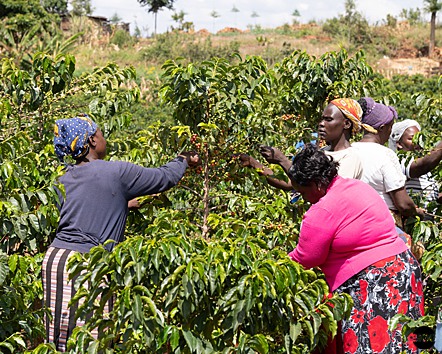
Picking at the Solai Coffee Farm in the Nakuru Region of Kenya in October, 2002.
Many Hands
There are many hands and processes in coffee once the coffee leaves the farm and before it sits on a boat ready to be exported.
Once a coffee cherry has been picked, it must be transported to a wet-mill where the pulp will be taken off and the seeds/beans will be washed, cleaned, and then dried. Then it must be taken to a dry-mill where the beans will have their parchment removed, and be sorted by size, density, color, and most defects will be removed.
Then these green coffee beans will be bagged in a standard 60 Kg burlap sack, palletized, loaded into a sea-container, transported to port, and loaded on to a waiting boat.
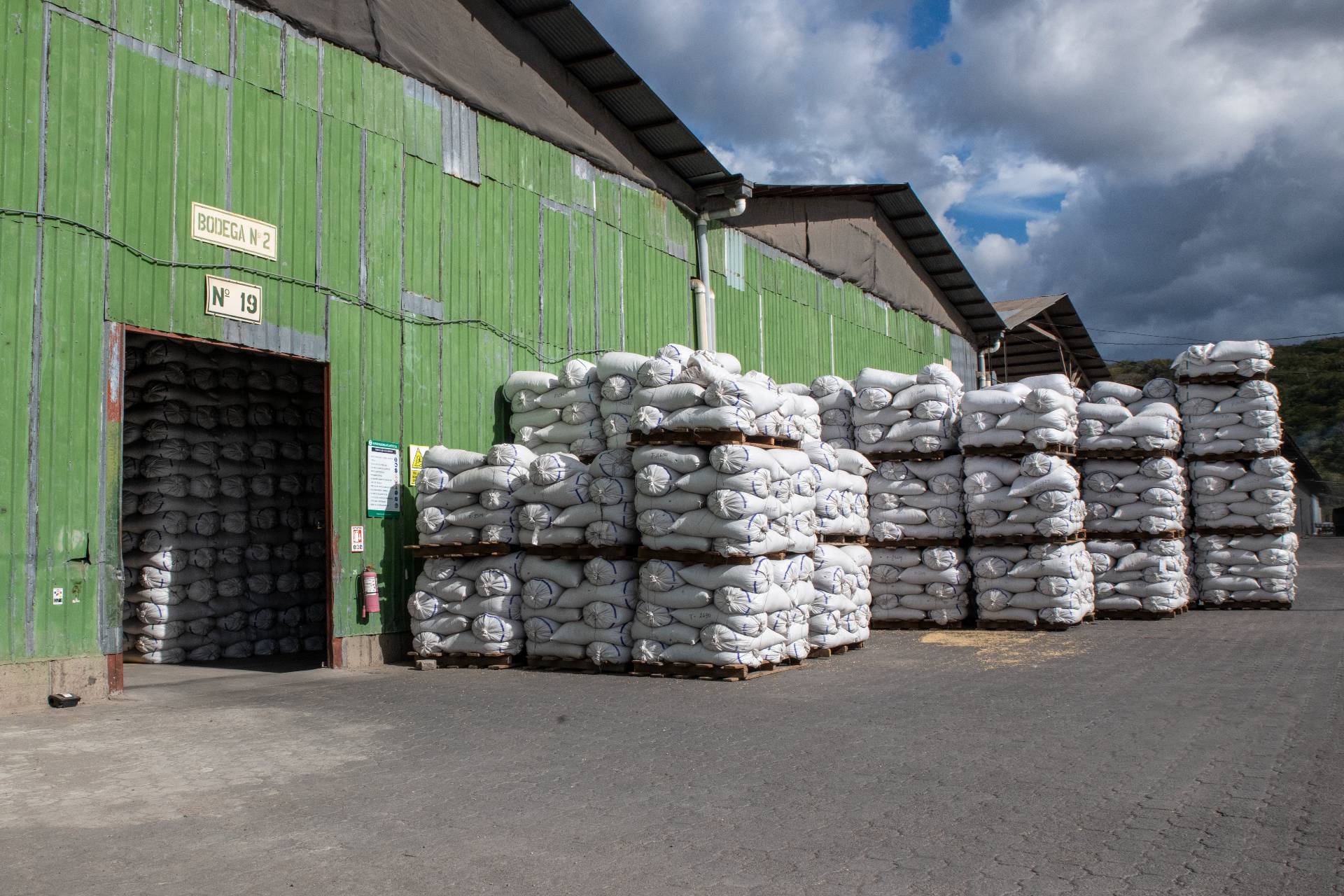
Palletized coffee ready to be shipped at the Atlantic Dry Mill in Sebaco, Nicaragua.
What the Producer Gets
If a coffee farmer is very lucky, they may have received 20 or 30 cents of that $1 for that one pound of coffee bought at the grocery store.
Economic sustainability for the coffee farmer is one of the great stresses to the global coffee supply. 60% of global coffee production that fills our grocery stores comes from family coffee farms that are 5 hectares or less (about 12 acres). The average yield per hectare on an arabica coffee farm is roughly 20 – (60 kg) bags.
Conversion: 12 acres produces 13,220 lbs of processed green coffee. Gross Annual Earnings Calculation: 13,220 lbs x $0.30 = $3,966
Minimum Wage?
How does that $3,966.00 compare to the income it takes to live in a coffee producing country like Honduras? Well, the living wage for a rural Honduran to live a basic but decent living standard is about $277/month or $3,324/year.
This looks like a $642.00 windfall here, possibly something to celebrate!! But what one must understand is that $3,966.00 is a gross number for the farmer, not a net number. None of the farmers’ costs to produce have been accounted for. There are many input costs to a farmer producing coffee besides the food, shelter and clothing for their family. These include such things as fertilizer, pruning, tree replacement, pest management, soil management, equipment, transportation, interest on loans, and hiring of pickers. These costs can run up to 50% of that gross number, making that $642.00 windfall suddenly become a $1,341.00 shortfall.
$3,324.00 – ($3,966.00 x 50%) = $1,341.00
No wonder coffee farmers are abandoning their farms for work in the city.
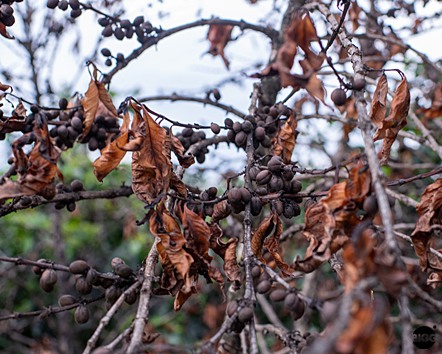
Climate change is also putting pressure on Coffee Producers, with wet areas getting wetter, dry areas getting dryer, and coffee diseases proliferating.
How did we get here?
There are a lot of systemic and cultural reasons the coffee farmer gets paid so little, including the nature of the commodity marketplace, the hang-over of colonial exploitation and, frankly, our own lack of curiosity about the products we buy and consume. Most of us (me included) don’t think about where the things we consume come from. And, as a consequence, we don’t think about the people that produce them.
Those are all reasons why it happens that I can share in more detail in other blog posts. But for right now, I just wanted to share with you what I know and have learned.
I had no idea that how we purchased our coffee over the years was contributing to the perpetuation of poverty worldwide. Ignorance was bliss.
But now I know. And because I feel an obligation to you as another human being, now you know, too.
I don’t share this to make you feel bad, or create shame or guilt, or even to change your buying habits. I share it because ignorance is not bliss for all of us in this world, and once you know something you can’t unknow it.
The Solution?
I know there have been efforts to solve and resolve bits of this poverty through ‘label marketing’ like Fair Trade, but frankly that has cost a lot of people a lot of money without much real impact. I am not saying Fair Trade is bad, just that I don’t think it’s doing what we think it is.
My opinion is that in order to create change and improve the lives of others we have to, as people and companies, be willing to speak truth and build understanding. We have to be amazingly transparent even when it’s not very pretty. And we need to not be too shy to get on the ground, no matter how complex, to build relationships with the people who grow our product.
A name, a face, and a face for every cup of coffee we serve.


